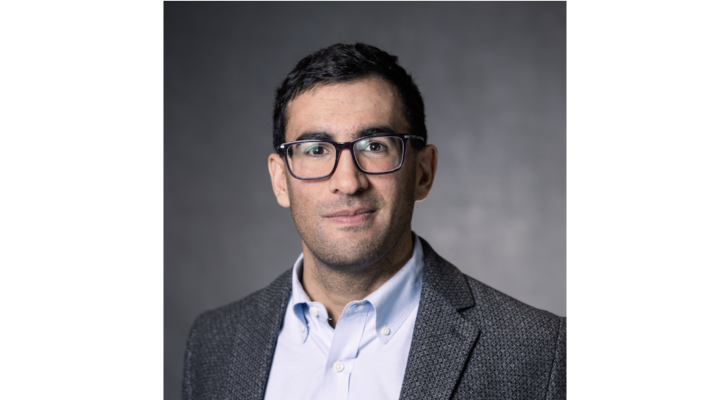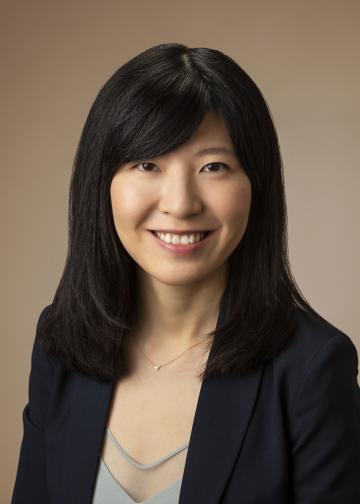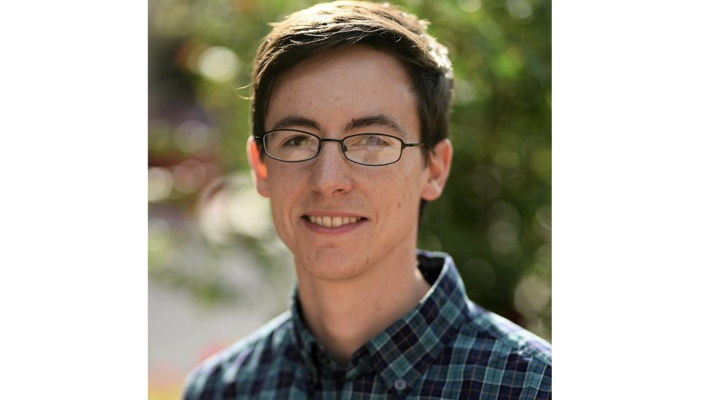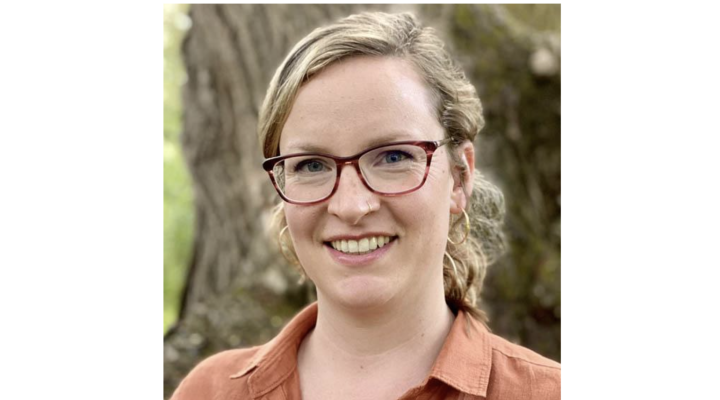When Rong Yang was a child in China she liked to play ‘imaginary school.’ “And I was always the teacher,” says Yang. “I liked to line the other kids up and then teach them about whatever I was learning.” These days, Yang doesn’t have to pretend to be the teacher. She is now an assistant professor at Cornell’s Robert Frederick Smith School of Chemical and Biomolecular Engineering (CBE). She joined the Smith School faculty in July 2019.
Yang earned a B.S. in chemical engineering from Beijing’s Tsinghua University. Her Ph.D. in chemical engineering is from MIT. During her doctoral studies Yang spent a semester exploring the work world with Novartis (in Italy) and with the National Renewable Energy Laboratory (in Golden, CO). “Those experiences helped sharpen my thinking and they let me see that I really wanted to be an academic,” says Yang.
It probably helped that Yang worked on a unique technology called initiated Chemical Vapor Deposition (iCVD) for her Ph.D. under Professor Karen Gleason. “I knew when I got to MIT that I wanted to work with Dr. Gleason,” says Yang. “Her projects on antifouling were exactly what I was interested in, right at the intersection of materials and microorganisms. I loved the idea of applying all those things you learn about in chemical engineering classes—fluid dynamics and transport processes and thermodynamics and chemistry and kinetics—to that intersection.”
After earning her Ph.D., Yang spent two years as a postdoctoral researcher at Boston Children’s Hospital working with Dr. Daniel Kohane, and three years as an instructor and then an assistant professor at Harvard Medical School.
Yang’s research focuses on the interface between materials and biological systems. She uses her knowledge of functional polymeric materials and interface engineering to tackle vexing challenges in infectious disease treatment, surface fouling, and membrane effectiveness.
“I’m excited to be at Cornell,” says Yang. “The faculty and the students in the department are great. And I missed engineering while I was in Boston—it feels good to be back at a school of engineering. One reason Cornell is the perfect place for me is that there are so many ways to see what is happening on the surfaces I study. The tools and expertise for material characterization here are incredible.”
At Cornell, Yang is looking specifically at several lines of research. One is using polymer vapor deposition techniques to create surfaces that allow the manipulation of bacteria-surface interactions via nanometer-scale heterogeneities. In this way, she hopes to control the interaction between surfaces and bacteria. Another thread of Yang’s research is creating predictably uniform porous membranes for use in healthcare, water purification, and energy storage. A third focus of Yang’s lab is developing material-based antibiotic treatments that disinfect by converting secreted metabolic products of pathogens to antimicrobials in situ.
“My long-term, shoot-for-the-moon goal,” says Yang, “ is to encode ‘orders’ for bacteria into the materials we create so that we can deploy bacterial biofilms for fouling prevention, disease treatment, and environmental preservation .”





